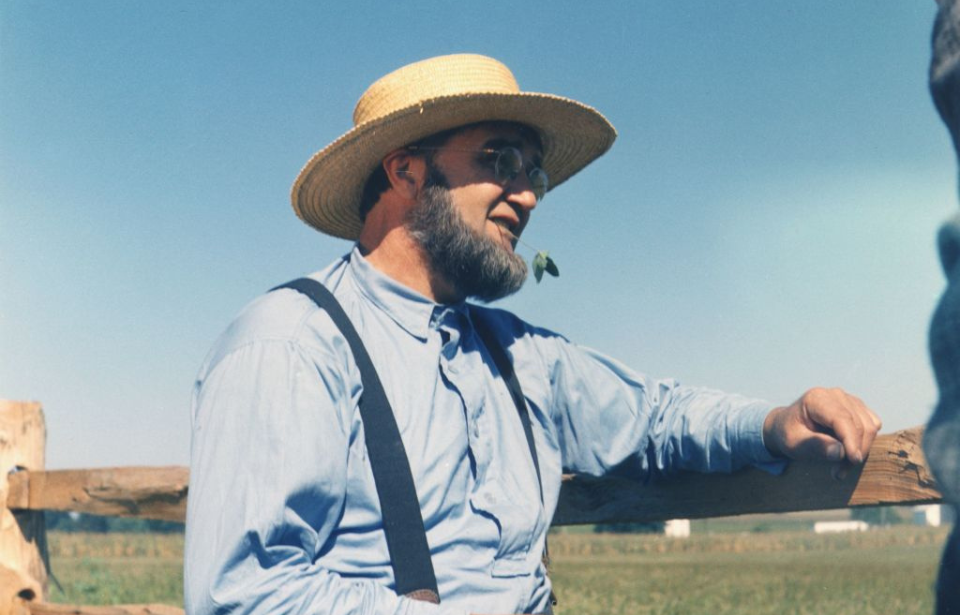The Amish are well-known for their traditional Christian communities and a lifestyle deeply rooted in devotion to God’s teachings. This commitment is notably symbolized by the distinctive long beards worn by Amish men.
Unlike contemporary beard styles that offer a range of fashionable options, Amish men keep their upper lips clean-shaven—a grooming choice stemming from historical military customs.
Amish beards pay homage to the Bible
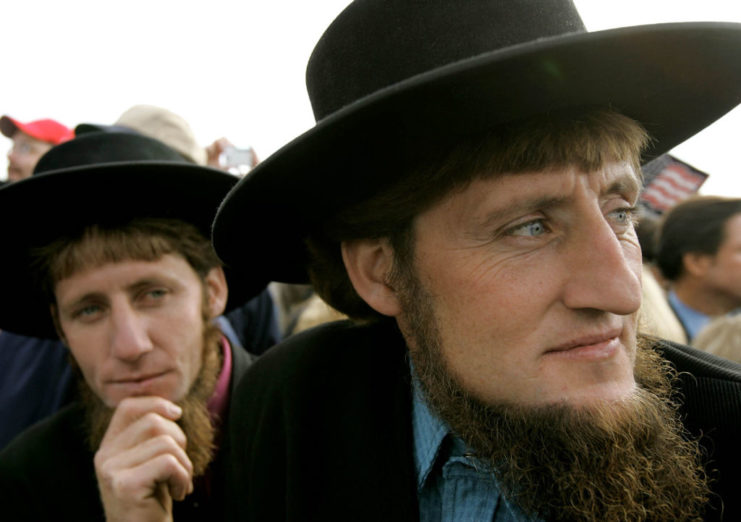
While the Amish maintain close connections with Mennonite churches, the Amish uphold distinctive practices and customs that differentiate them from other Christian groups. For the Amish, wearing a beard is a homage to the Bible. In the historical times referenced in their religious texts, when modern razors did not exist, most men wore full beards. Faithful Amish men honor this tradition by growing their own.
However, it involves more than just avoiding shaving – only married men are allowed to grow beards. In the Amish community, a beard symbolizes a man’s transition into adulthood.
Pacifism is a core Amish belief
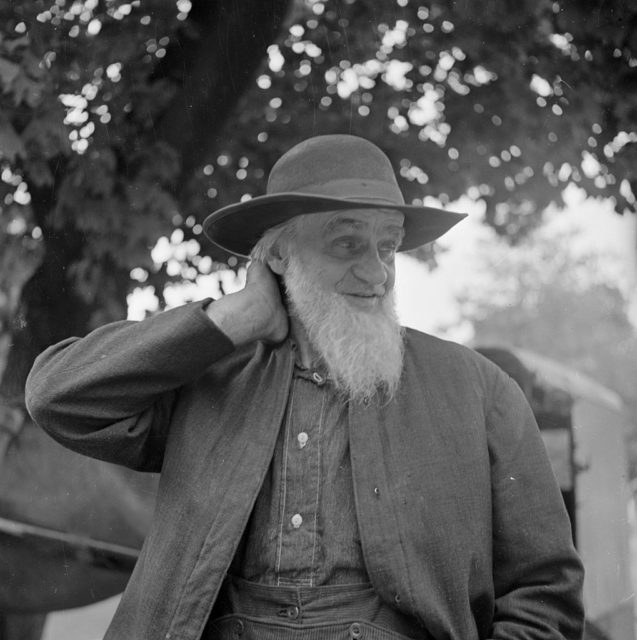
Leviticus 19:27 – “Do not cut the hair at the sides of your head or clip off the edges of your beard” – is a fundamental rule for the Amish, who follow it diligently.
Another important element of their faith is non-resistance, similar to pacifism. This belief involves not resisting authority, even when facing with perceived injustices, and shapes their everyday conduct. Moreover, the Amish view participation in warfare or combat as a form of resistance, which prevents them from engaging in military service.
As a result, mustaches are prohibited.
Why don’t Amish men sport mustaches?
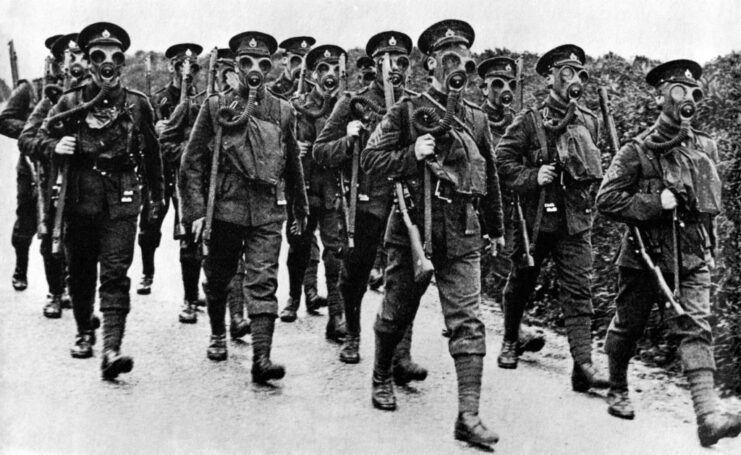
Nowadays, sporting a mustache is a style preference, but historically, it was once a symbol of military service. Facial hair has been linked to warfare and the might of soldiers, especially in cultures where beards and mustaches are seen as symbols of masculinity. Even now, in some regions, soldiers wear facial hair to earn respect.
The British Empire made mustaches mandatory for soldiers
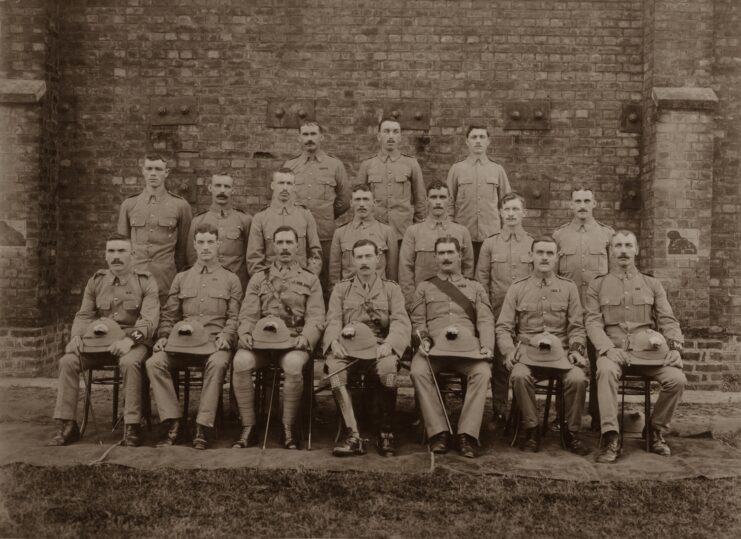
The British Empire, for example, held a strong preference for mustaches, even making it mandatory for soldiers at one point. This regulation remained in place until World War I, when maintaining a mustache became less of a priority and impractical due to the difficult conditions in the trenches on the Western Front.
Furthermore, the onset of gas attacks on battlefields raised worries that facial hair could prevent gas masks from sealing properly against the skin. As a result, the mustache requirement was abolished in October 1916.
The Amish beard avoids all association with the military
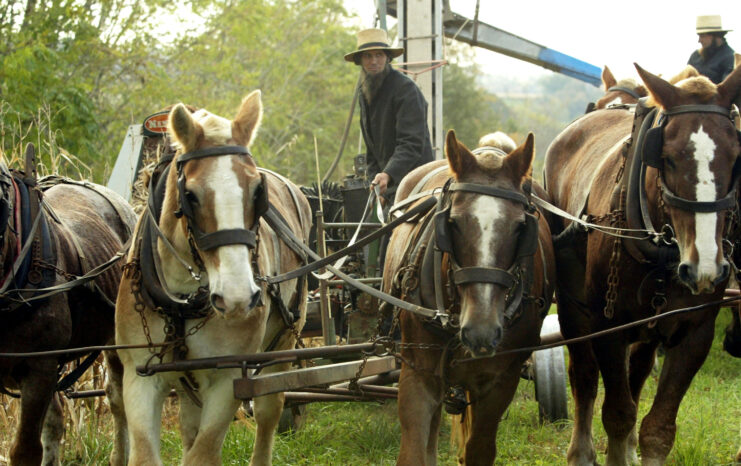
Want to become a trivia master? Sign up for our War History Fact of the Day newsletter!
With such strong ties to war history, the Amish choose to not sport mustaches in rejection of military service. This allows them to continue growing their beards while avoiding any association with the military. It helps let others know who’s married, too, as it’s worn in lieu of a wedding ring.
